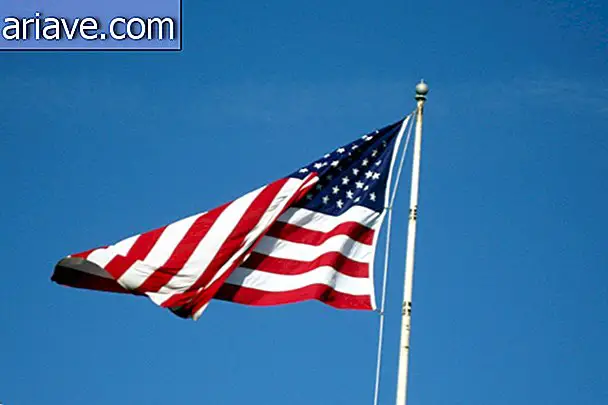Help: How to get help in emergency situations in the wild?
Today we are surrounded by electronic devices such as smartphones and tablets that have direct access to the internet, and it is somewhat difficult to be disconnected from people - at least in big cities. Even in adverse situations, it is possible to communicate with friends and family for help if something bad happens. However, in certain cases, this may unfortunately not occur.
For example, if you are lost in a remote place with no 3G or 4G signal, and your electronic equipment batteries are depleted, you will need to find another way to reach people. Other situations can be even more extreme, as we see in the movie 127 hours, based on the real case of climber Aron Ralston. He was trapped between two rocks in the Grand Canyon and had to amputate his arm to get out - Ralston warned no one about the tour and was completely out of touch with family members.
By the propagation of sound
To call for help in the wild, there are a few tips you can follow. The first way to call for help is through sound, as well as being the easiest - constant repetition is a communication signal. For example, in the Alps, at-risk climbers repeat the same beep six times, while saviors respond three times until they approach people in distress.

A whistle is extremely important in these cases as it is a small item that reproduces sounds that repeat over hundreds of meters. If you go hiking, mountain climbing or any sport of this kind, make sure you get a whistle. Of course, you can also improvise to make the most varied sounds, such as hitting rocks with an object - screaming will make you too tired.
Look here!
Sometimes the beeps may not help if the help is too far away to hear. In such cases you should appeal to the visual cues. The difficulty with creating a visual signal is that you must essentially have something to show and stand out in the environment you are in - not always available.
Creating bonfires is perhaps the easiest alternative. An international distress signal can be created by aligning three bonfires in a straight line, which can be clearly seen from the sky. Also, by day you may be able to draw attention through the smoke emitted by the fires. To help you with this task, remember to carry matches together with the whistle we mentioned earlier.

Flags are also considered a good method of asking for help, but of course we do not always carry these items. Flashlights, especially those with powerful LED lights, are an excellent means of communication that can be seen for miles (study some Morse code for help).
We have seen in some movies people write “SOS” on the floor and wait for some plane to come by and read the lyrics. In fact, it is useful, but we cannot assume that you will have a plane flying so close to you in extreme situations. From the items we listed in the article, you already know that if you venture into more remote, dangerous and crowded areas, you should (at least) get a whistle, a matchbox and a powerful flashlight - that's basic.
And never do it like the 127-Hour Climber Aron Ralston, who went to the Grand Canyon alone and told no one. Asking for help does not mean that you will receive it, but if you warn people that you are leaving and do not return after a while, they will miss you and eventually look for you.











